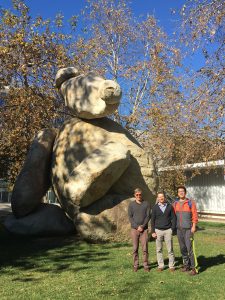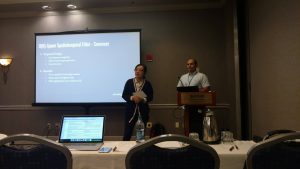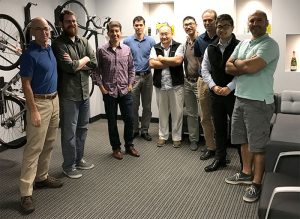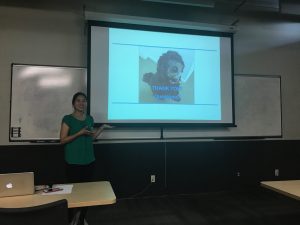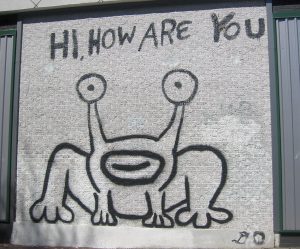National Geographic announced the Chasing Genius Challenge Finalists which includes undergraduate researcher Nikko Dutra Bouck. Nikko is developing a system that will incentive trash cleanup. It uses low-cost drones to survey an area for trash. Then he plans to develop a Uber/Lyft-like app to pay local people to pick up the trash and deliver it to a landfill. Have a look at his short video for more information and give him a vote while you are there.
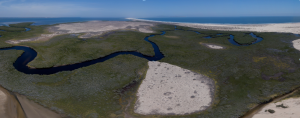 The picture shows a large-scale aerial image collected last summer of a mangrove forest in Bahia Magdelena, Mexico. We create this image by stitching together a bunch of pictures that we take from a low-cost drone. It gives us cm-scale resolution which is orders of magnitude better than satellite resolution (like you see on Google Earth). This allows us to zoom in and get fine-grained detail and easily pick out any trash. Even better, we are now working on using automated machine learning algorithms to automatically detect the trash.
The picture shows a large-scale aerial image collected last summer of a mangrove forest in Bahia Magdelena, Mexico. We create this image by stitching together a bunch of pictures that we take from a low-cost drone. It gives us cm-scale resolution which is orders of magnitude better than satellite resolution (like you see on Google Earth). This allows us to zoom in and get fine-grained detail and easily pick out any trash. Even better, we are now working on using automated machine learning algorithms to automatically detect the trash.
Nikko has been working with our research group for more than a year through the Engineers for Exploration program which aims to develop technologies (like this) to aid in conservation, exploration, and cultural heritage. He was awarded an NSF REU scholarship last summer, he is a UCSD FISP awardee, and he leads our collaboration with Octavio Aburto’s group on the mangrove monitoring. He is an amazing person with big goals related to conservation.
Vote now and often and help him take another step towards using the latest technologies to clean up our oceans!
